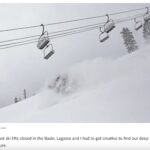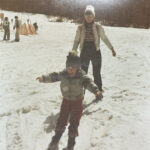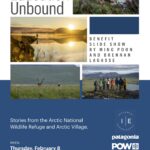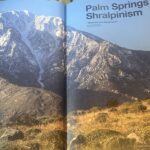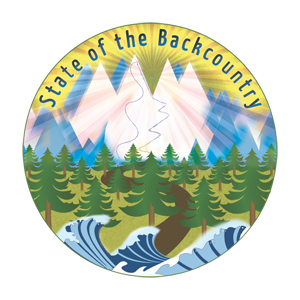Close your eyes. Let your mind drift to your favorite place in the world. What do you see? Think about all that inspires you about this place. Ask yourself what you would do to protect it from threat. What if you had the ability to take action to protect this place and see change occur in your lifetime? That opportunity is here, and today we have the chance to help permanently protect one of the most unique, extraordinary places on planet earth.
The Arctic National Wildlife Refuge (ANWR) is the largest National Wildlife Refuge in the country, whose establishment began in the 1950’s when a Sierra Club journal article was published calling it, “The Last Great Wilderness.” It is home to an incredible biodiversity of plants and animals, as well as the Gwich’in Tribe. Located high above the Arctic Circle, ANWR is a contentious landscape due in large part to its division of lands. Some regions of ANWR have been protected as wilderness, part of the area is administered as a refuge, and the most northern section of the region, known as the 1002 area, was set aside by Congress due to the areas potential for oil and gas extraction.
The Gwich’in Tribe has called ANWR home and has respected the region as sacred grounds for millennia. The Tribe- their health, their livelihood, and their spirituality – are inextricably linked to these lands. The name Gwich’in literally translates to “people of the caribou.” The Tribe has lived closely alongside the Porcupine Caribou herd since their creation – they rely on them economically for sustenance, as well as culturally as the centerpiece of their communal and spiritual practices. They believe that every caribou has a little bit of human heart, and that every human has a little bit of caribou heart. The result is an environmental ethic that runs deep within the Tribe as they pay great respect to the caribou and the land that supports them.
The first hints to drill for oil in the 1002 area started forming in the late 1970’s, but it wasn’t until a 1986 report by the US Fish and Wildlife Service that recommendations were formally made to open the area for oil and gas development. The push to open the 1002 area for resource extraction seemed inevitable, until the Valdez oil spill in 1989 brought a public outcry about the potential environmental effects of drilling for oil in fragile environments. The push to drill in ANWR stalled, but politicians and the oil industry maintained their position that oil extraction in the area was a viable option for the future.
In 1988, hearing that the land that is central to their existence was under increasing threat, the Gwich’in Tribe held a gathering of their people for the first time in over 100 years. Since the 1002 area is also the calving grounds for the Porcupine Caribou herd, the Tribe affirmed a collective stance to protect the 1002 area and ANWR as a whole. Since the development of this controversy, scientists have noted that drilling in the 1002 area will alter the environment to such a degree that the ability for the caribou to birth and nurse their young will be compromised and the herd will not be able to survive. Culturally speaking, if the caribou die, the Gwich’in and their way of life will disappear as well.
Read the rest of the piece and view photos here

